
Become the best software developer you can be
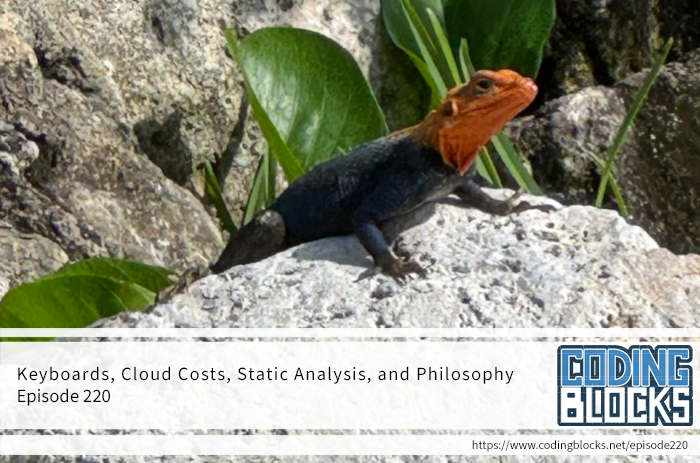

We’ve got a smorgasbord of delights for you this week, ranging from mechanical switches to the cloud and beyond. Also, Michael’s cosplaying as Megaman, Joe learns the difference between Clicks and Clacks, and Allen takes no prisoners.
See the full show notes a https://www.codingblocks.net/episode220
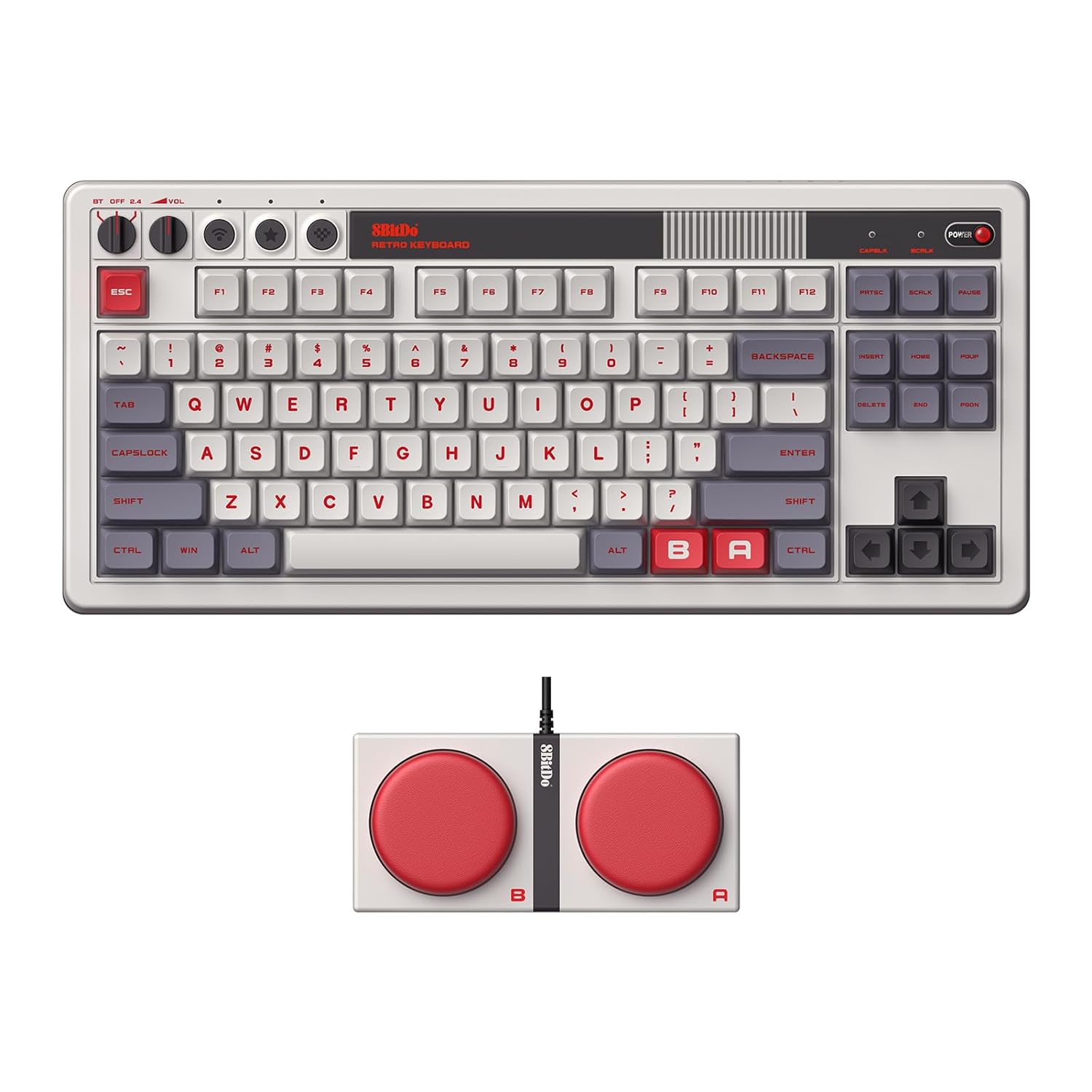


We’ve mentioned in the past that the code we write isn’t maintaining heartbeats or being used in life-critical settings, but what if your code is? NASA happens to be a company who has code that is life and mission critical and it’s very possible it won’t even be accessible once it leaves earth. In this episode, we explore what has been deemed “The Power of 10” for writing safety-critical code.
If you’re listening on a podcast player and would like to see all the show notes, head to:
https://www.codingblocks.net/episode219
Their rules to ease the use of static analysis
"Data hiding is a technique of hiding internal object details. Data hiding restricts the data access to class members. It maintains data integrity."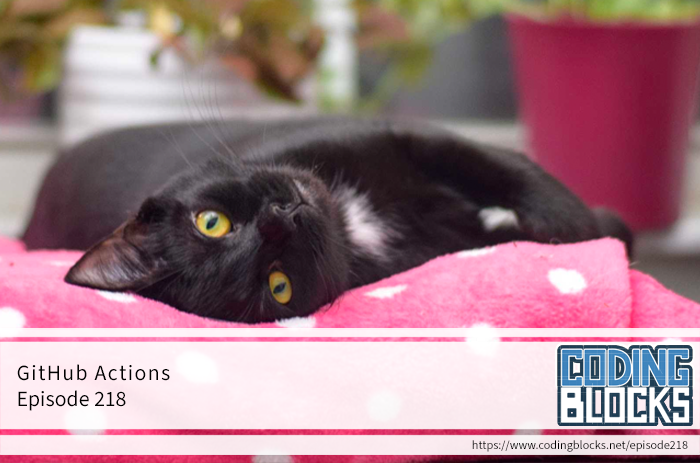

In this episode, we are talking all about GitHub Actions. What are they, and why should you consider learning more about them? Also, Allen terminates the terminators, Outlaw remembers the good ol’ days, and Joe tries his hand at sales.
See the full show notes at https://www.codingblocks.net/episode218
git pull origin main --rebase=i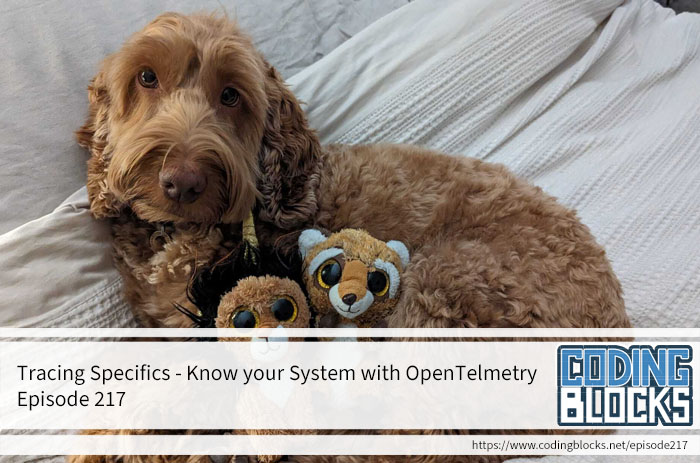

Get a behind the scenes intro to some of the interesting conversations we have before we even get into the content. We’ll be jumping into the meat of this episode and looking at the specifics of tracing using OpenTelemetry. Before we do that though, we should probably find out what special 2-liter containers Outlaw uses that can somehow trap the bubbles for more than 24 hours after opening, find out if Joe is alone in liking flat carbonated drinks, and maybe Allen has fallen off his rocker for suggesting that the ONE THING that is metric in the USA should be converted to empirical measurements. Maybe leave a comment on the episode to join in the fun. To see the full show notes and/or leave a comment, head over to…
https://www.codingblocks.net/episode217
This is a factory for Tracers
These are created by a trace provider and creates spans with more information about what’s happening with the request
These send traces to a consumer
https://opentelemetry.io
https://opentelemetry.io/docs/demo/architecture/
https://opentelemetry.io/docs/demo/screenshots/
kubectl get deployments -o wide to see which image tag your containers are using. 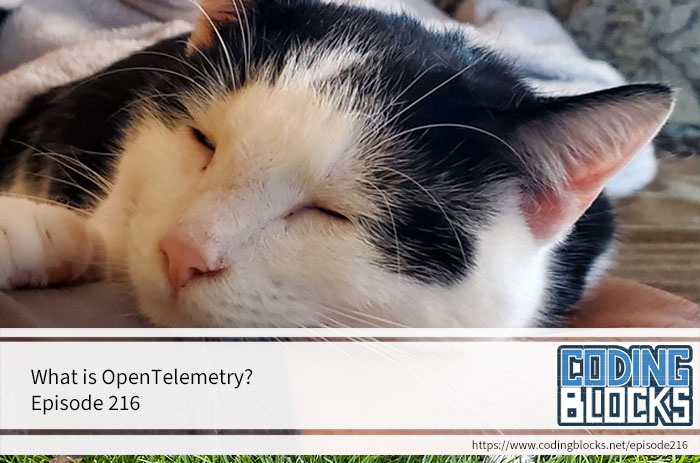

In this episode, we’re talking all about OpenTelemetry. Also, Allen lays down some knowledge, Joe plays director and Outlaw stumps the chumps.
See the full show notes at https://www.codingblocks.net/episode216
To truly understand what distributed tracing is, there’s a few parts we have to put together first
To be continued…


In this episode, Allen, Michael and Joe discuss the latest update with the Reddit saga, software for designing audio and reproducing analog sounds, an open-ended interview question and tips on how to be a great leader.
Huge thank you for that!

The Situational Leadership Theory is a way of thinking about interacting with people based on their maturity level of their skills.
https://en.wikipedia.org/wiki/Situational_leadership_theory





In this episode, we’re talking about the history of “man” pages, console apps, team leadership, and Artificial Intelligence liability. Also, Allen’s downloading the internet, Outlaw has fallen in love with the sound of a morrvair, and Joe says TUI like two hundred times as if it were a real word.
See all the show notes at https://www.codingblocks.net/episode214

Software Engineering at Google: Lessons Learned from Programming Over Time (amazon)
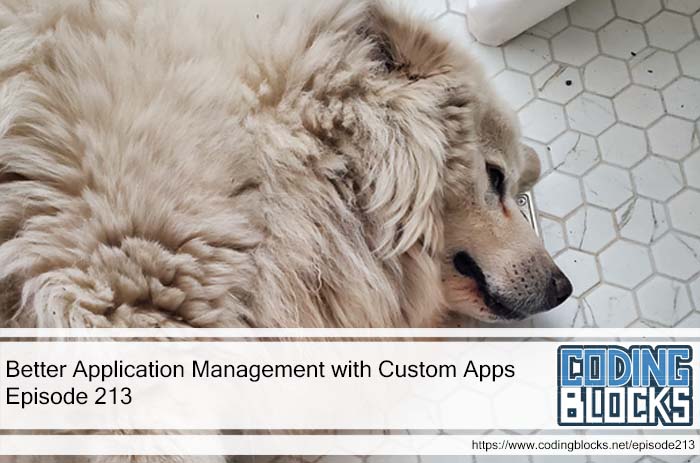

Last episode, it might have been said that you can become a senior engineer in just one short year. Our amazing slack community spoke up and had some thoughts on that as well…we revisit that, and what does senior even mean?! Join us for that and much more as Allen plays more with ChatGPT, Michael talks business sense with new customer acquisition costs, and Joe will do just about anything to make troubleshooting an application easier.
See all the show notes at https://www.codingblocks.net/episode213
With that, as usual we have lots of thoughts on each of these topics so join us for this episode and don’t forget to join the slack community where we inevitably continue the conversation on the #episode-discussion channel!


In this episode, we’re talking about lessons learned and the lessons we still need to learn. Also, Michael shares some anti-monetization strategies, Allen wins by default, and Joe keeps it real 59/60 days a year!
The full show notes for this episode are available at https://www.codingblocks.net/episode212.
How do you guys keep up with your data sources?
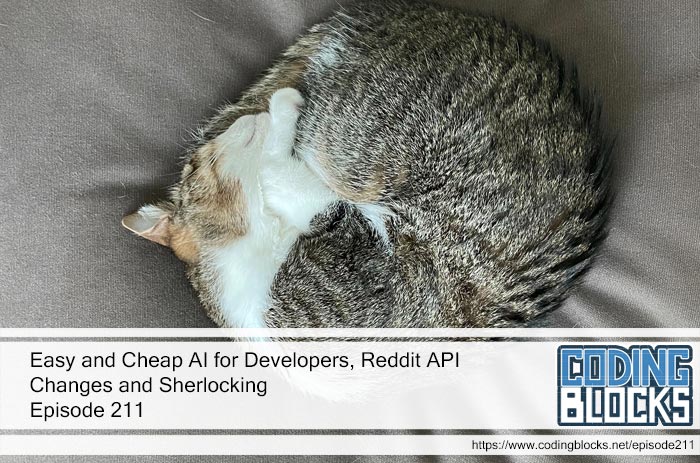

We’re back after a brief break for a busy month of May, and we’re here to talk about some pretty cool stuff happening in the developer world. Outlaw took vacation and can remember nothing, Joe introduces us to Sherlocking, and Allen discovered what all the fuss was about with Chat GPT as a software developer. If you find some of this interesting, come hang out with us on Slack and share your thoughts!
